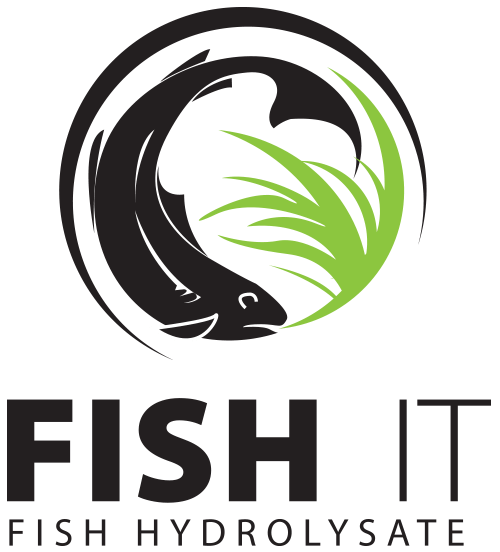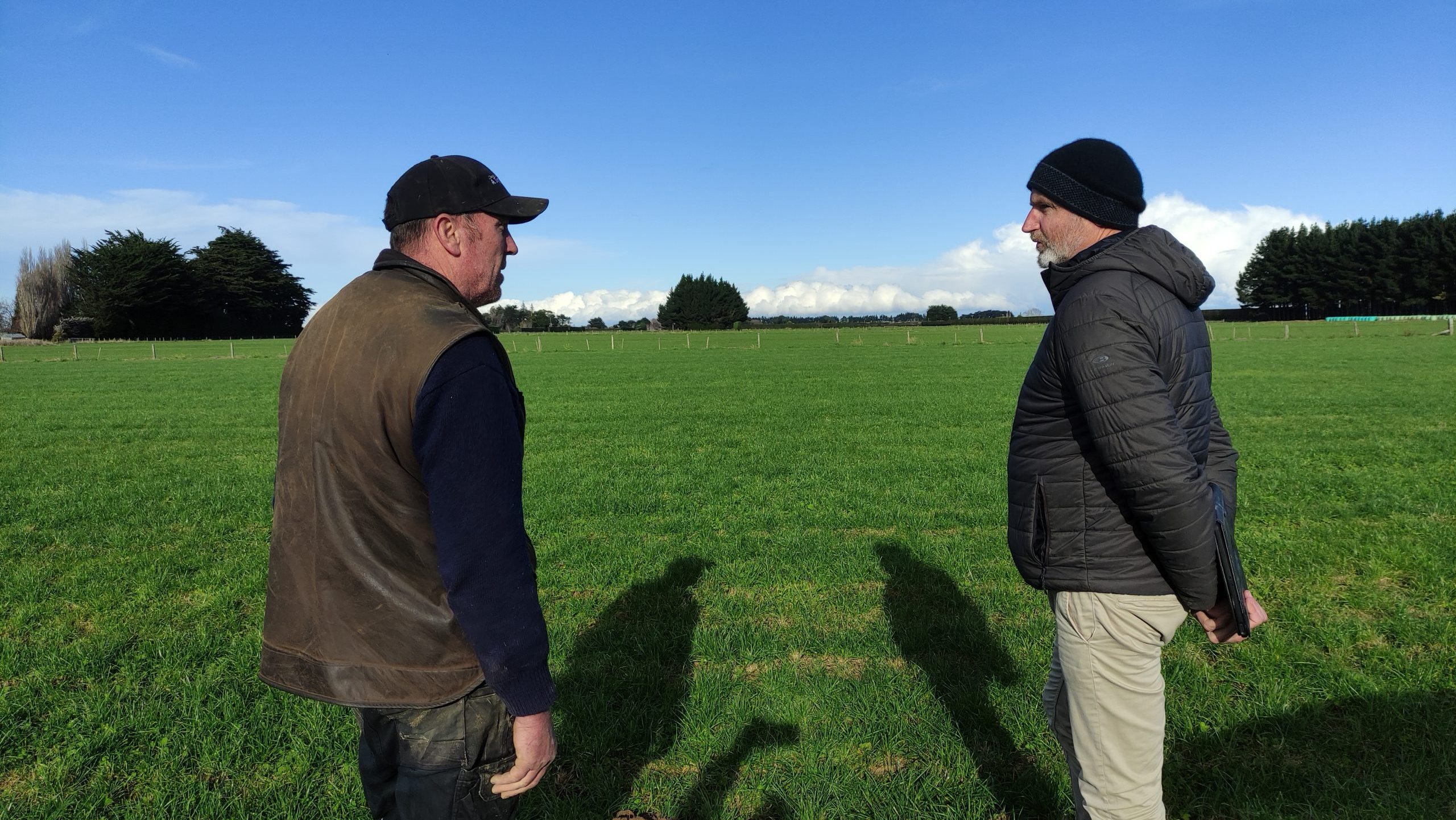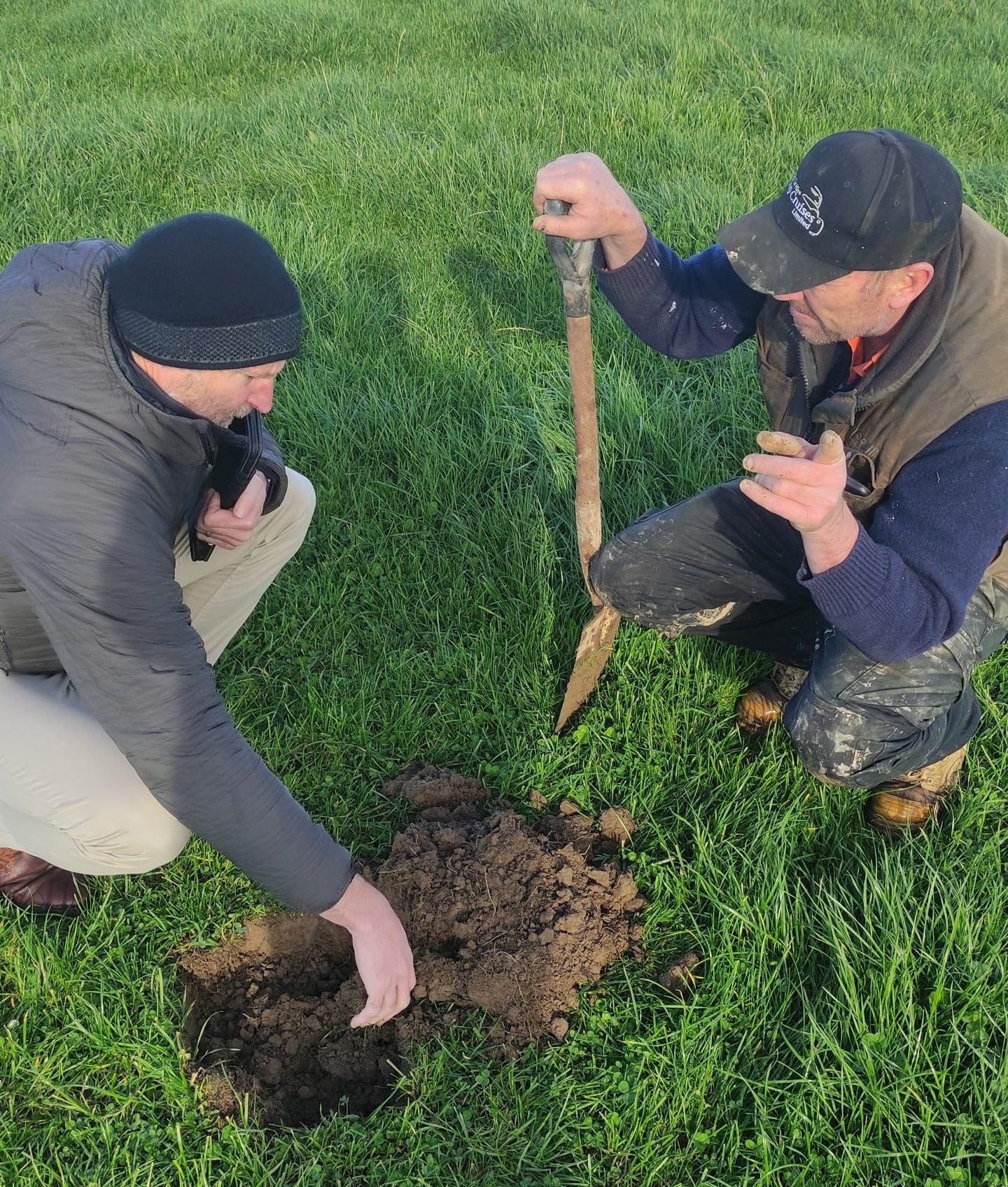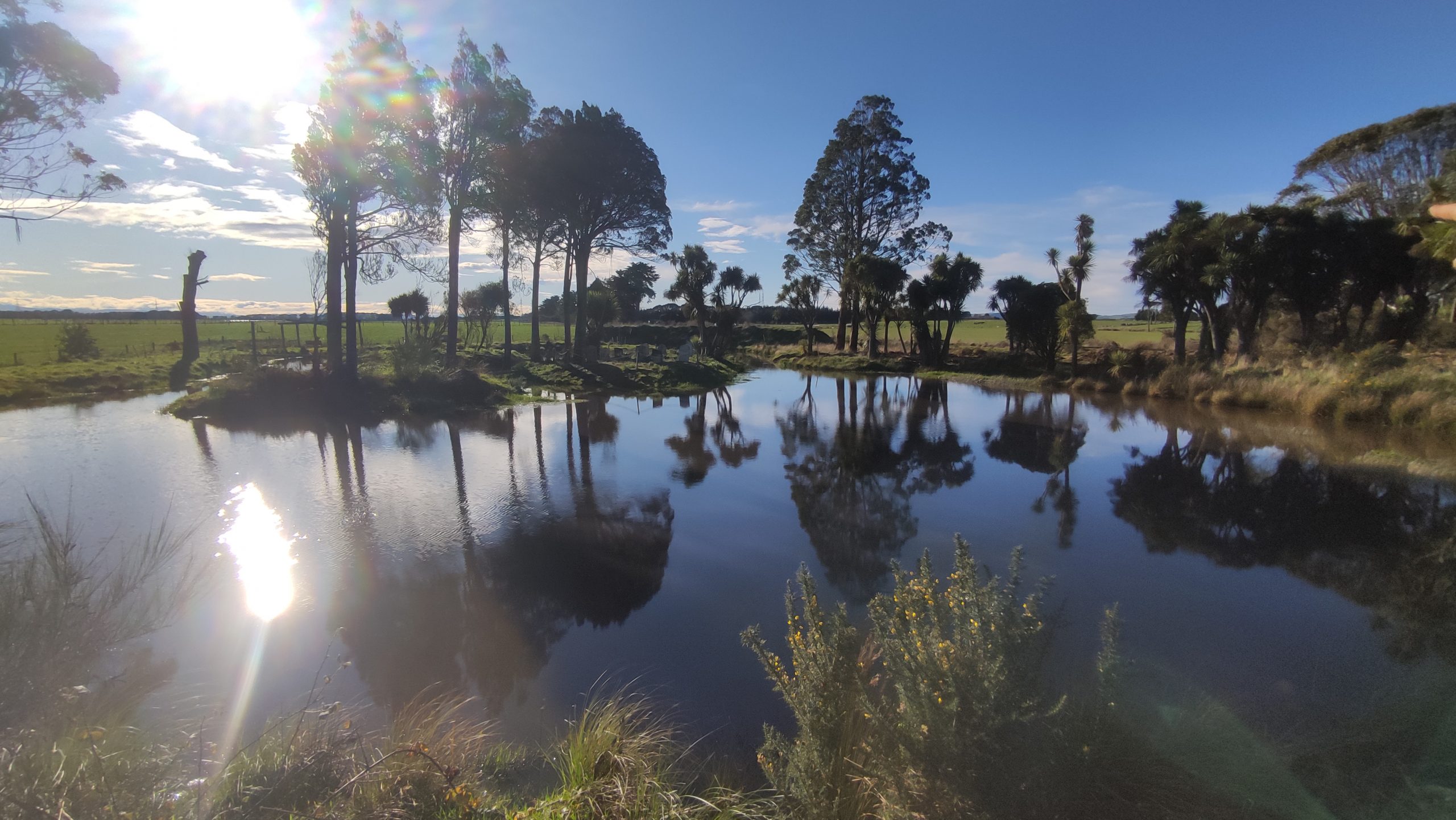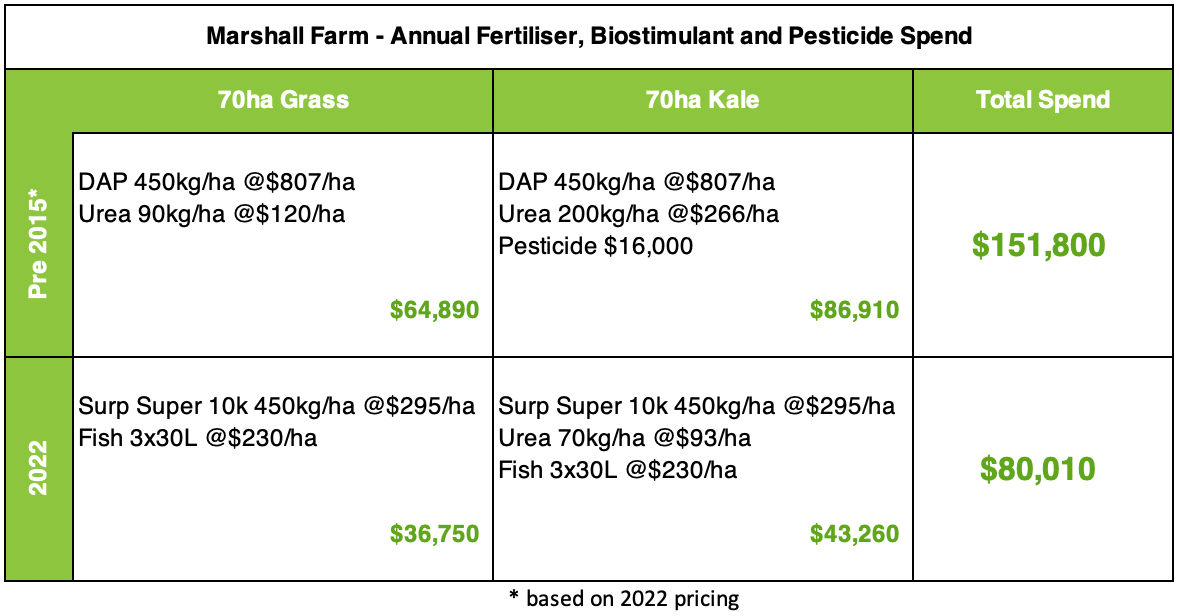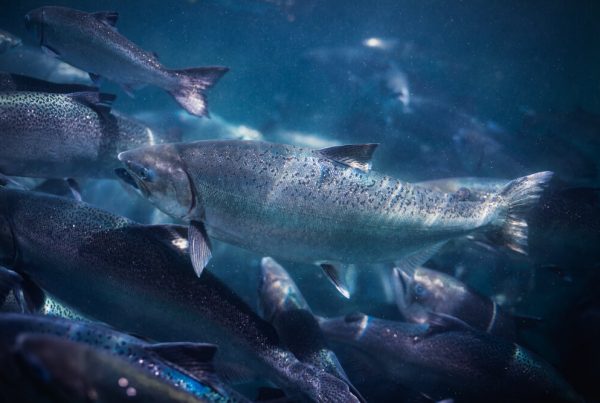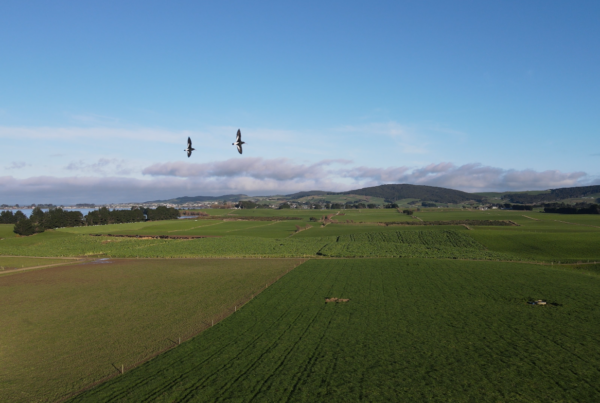
There’s a better, more efficient and cost-effective way to apply nitrogen to plants. Fish IT is a biological food source designed to stimulate soil life and supply nitrogen at the plants’ roots in a slow release as the plant requires it, without the waste associated with synthetic nitrogen fertiliser.
Here at Fish IT we are getting an influx of enquiry from farmers unfamiliar with fish hydrolysate. We have seen a considerable increase in interest over the past twelve months driven by the price increases of traditional fertilisers, scarcity of supply, the nitrogen cap and an increasing desire to do better by the environment. We thought we would take the time answer a few questions about the role of biostimulants and fish hydrolysate in particular. To address the “what is it?”, “what does it do?”, “how can it benefit my farm?” questions, we spoke to Stan Winters and Rudi Woutersen. The underlying question is “can it help me reduce my fertiliser, particularly Nitrogen, usage? Before we dig into what they had to say, a quick primer on what biostimulants are.
Biostimulants
Life below ground develops mainly in the rhizosphere, that is the area of the soil near the roots of the plants. Its composition is roots, fungus, microorganisms with various functions, nutrients organic substances, oxygen and water. In this area the interaction between soil microorganisms and plant roots occurs, creating an ecosystem conducive to plant development.
Agricultural biostimulants act on the plant’s natural biochemical processes that are of value to improve pasture growth, quality and productivity. Biostimulants are an important cornerstone to soil and pasture health, supported by the physical and chemical properties of the soil too.
The use of biostimulants in agriculture is almost as old as agriculture itself. Farmers have always tried to maximise plant growth by using natural products that help improve productivity. Traditionally, biostimulants such as manure, liquid waste or other extracts have been utilised.
Unlike fertilisers, biostimulants do not provide nutrients directly to the plant, but they facilitate the acquisition of nutrients by supporting metabolic processes in soil and consequently uptake of those nutrients through the plants.
Benefits of Biostimulants
The biostimulant developed by Fish IT offers multiple benefits:
- Promote plant growth and vigour by optimising nutrient availability and uptake.
- Complimentary to the use of fertilisers and generate co-action to promote effectiveness, optimising the supply of nutrients and water to the soil and plants.
- The fish oils feed the fungus which improve soil fertility.
- Increase pasture tolerance to abiotic stressors like flood and drought.
- The plant produces more roots and maintains a greater absorption of nutrients and water on a continuous basis.
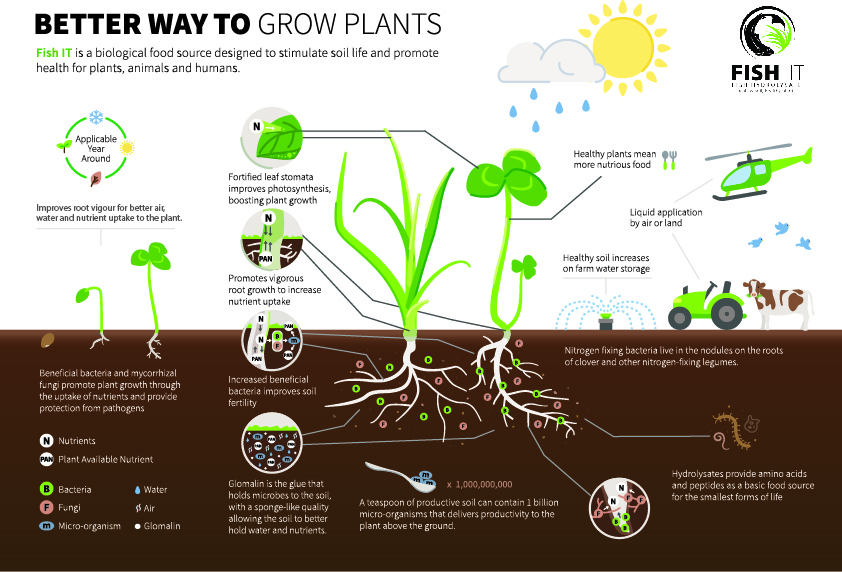
”Agricultural practices and natural events can inadvertently strip soils of their healthy biology and this is where fish hydrolysate comes into its own. Harvesting, exposure to UV rays, floods, droughts, monoculture crops, sudden changes in PH, all contribute to decimate microbial concentrations in our soil. Amino acids in the form of fish hydrolysate can be part of the farmers weaponry to build it back up.
Stan WintersSoil Scientist
A soil scientist based in Southland with more than 40 years experience, Stan spent 26 years as a Fertiliser Chemist Technical Manager studying interactions between soil, climate, plants animals and fertiliser. For the past 25 years he has worked as an independent soil/fertility consultant. He really is the best one to answer “what is it?”. Stan has been working with the product for the last 6 years and knows it front to back. Stan’s scientific knowledge is extensive – so bear with us!
What is Hydrolysate?
Hydrolyzed protein is a solution derived from the hydrolysis of a protein into its component amino acids and peptides, which can then be more quickly and easily uptaken for subsequent utilisation. This process has been around for over a century and is commonly used in medicines, pet foods and even infant formula. Fish IT uses a hydrolysation process to break down waste salmon into peptides and amino acids by prolonged heating and the addition of food grade acids to keep it stable and contaminant free. It means we are recycling a waste protein into an applicant that is easily uptaken by microbes to improve biological activity and benefit soil health.
Fish Hydrolysate Properties
Fish proteins differ to other proteins in that they contain all 20 amino acids. The Fish IT product utilises the whole fish rather than the waste parts meaning the protein and oils from the flesh is incorporated. Because Salmon are not bottom feeders, they are less likely to take up contaminants and heavy metals than ocean floor scavengers.
How Does it Work?
Fish hydrolysate assists to optimise the natural processes within the soil. Plants are basically a factory taking CO2 from the air and converting it to oxygen and sugars. But they can’t do it on their own, they require assistance from bacteria and arbuscular mycorrhizal (AM) fungi in the soil. Read more on biological nutrient availability here.
If microbes can’t access the food they require, fish hydrolysate can correct the balance of amino acids present, giving them a fighting chance to get the correct suite of amino acids that they need to make the proteins that the plants need to grow.
Everything needs to be balanced for the system to function optimally – nutrients need to be supplied in the right balance (NPK and trace elements), along with healthy soil structure. The three legs of the soil properties stool – physical, chemical and biological. So, while fish hydrolysate will almost always assist by boosting biological activity, it will rarely be the only input that a production system requires, which is why we work closely with partners who can advise farmers on their individual needs.
There has been a bit of a mindset in modern farming practices of increasing chemical inputs to rectify or mask production issues or imbalances in the system “put more on, it can’t do any harm”. However, we have got the point where we now know that actually, it is inadvertently doing harm. “Little and often with any inputs is always better – it will always do less damage to the microbial life in soil”.
”My opinion is that as a nation we need to do major research into farming with less fertiliser while maintaining productivity levels. Other countries are forcing their farmers to farm with less. If we are proactive - we can be leaders in the field. We just have to learn how to do it well. Fish is absolutely a helpful tool in that regard.
Rudi WoutersenSoil Expert
We talked to Rudi Woutersen, owner of R&J AgriSpray about his experiences assisting farmers to reduce fertiliser use. He has seen great success stories over his 25 years in the industry.
Soil Health
Rudi says his approach to fish hydrolysate is to incorporate it into a total solution. Still utilising traditional fertilisers but with a plan in place to reduce over time. He says fish is a great start to working on soil health. He particularly recommends it in situations where there is soil compaction, a lack of clover and other signs of inactive soil biology.
Reduce N
“50% of fertiliser applied on any given day is lost and therefore unutilised and that’s why we need to work on soil health. Our philosophy with the tow and fert system is to use less nitrogen but apply it in smaller amounts more regularly. If we work on the whole system, get it optimised and in balance then I reckon we can make a massive impact on the leaching problems we have in New Zealand. When we boost the soil biology, really get that N fixing bacteria working, then we can start to reduce chemical applications quite comfortably.”
“Clients are generally fully aware of the new regulations coming in too – so we add fish to the mix and slowly reduce the N inputs, starting by 20% and then working our way up from there.” He says that it is not critical that the plant takes it through the leaf. Getting that fine particle application onto either the leaf or soil and evenly spread makes it easier for the bacteria to utilise it.
Observations
We asked him about his observations from clients who have been using fish in their systems. “Clover, clover, clover!” he remarks. “Also better pasture utilisation – the cows eat the paddocks out more evenly. And they are happier – less lameness. The reduction in nitrogen boosted pastures means they are eating a more nutritionally dense food, leading to overall health benefits.”
He points out that fish is not a silver bullet and there is always a balance. Fish should be used alongside other inputs and land management practices to get the system optimised. He says fish in conjunction with aerating can have a massive impact that will feed biology and add oxygen. He has also seen good results with humic acid and fulvic acid which gives better utilisation and uptake of NPK applications when applied together. “Carbon feeds bacteria and fish feeds fungi”.
Rudi mentioned that the use of whole salmon is what he believes makes Fish IT Refined a superior product. “Salmon aren’t bottom feeders, and a lot of meat goes into the product.”
How To Get Started
We find our customers fall into three camps when they start their journey toward using less synthetic fertiliser and ultimately lowering their input costs while maintaining or improving output.
The whole of farm approach is taken when the farmer has done enough research and taken appropriate advice to commence the transition with an ongoing test (soil and herbage), measure and adapt approach to ensure nutrients and trace minerals continue in the right quantities for production as the land transitions from topical synthetic nitrogen application to soil generated nitrogen.
The worst paddock approach is sometimes used to simply suck it and see. The idea being that nothing else has worked so I’ll make a small investment and get started. We’ve seen our customers turn their worst paddocks around using this method and in the process make the move to incorporate Fish IT into their entire platform.
The test and measure approach has a little more thinking behind it than the worst paddock. The idea here is to change one variable, potentially run multiple concentrations and take a measurement to determine impact. The graph below shows the outcome of 11 different farms and paddocks in Southland where a 300sqm block in the centre of the paddock was Fish IT applied (30L per hectare concentration in this instance) and dry matter was measured against a control of standard synthetic fertiliser application to the rest of the same paddock. The farmers measured an average of 612kg/ha of dry matter (55% increase) with Fish IT compared to the control.
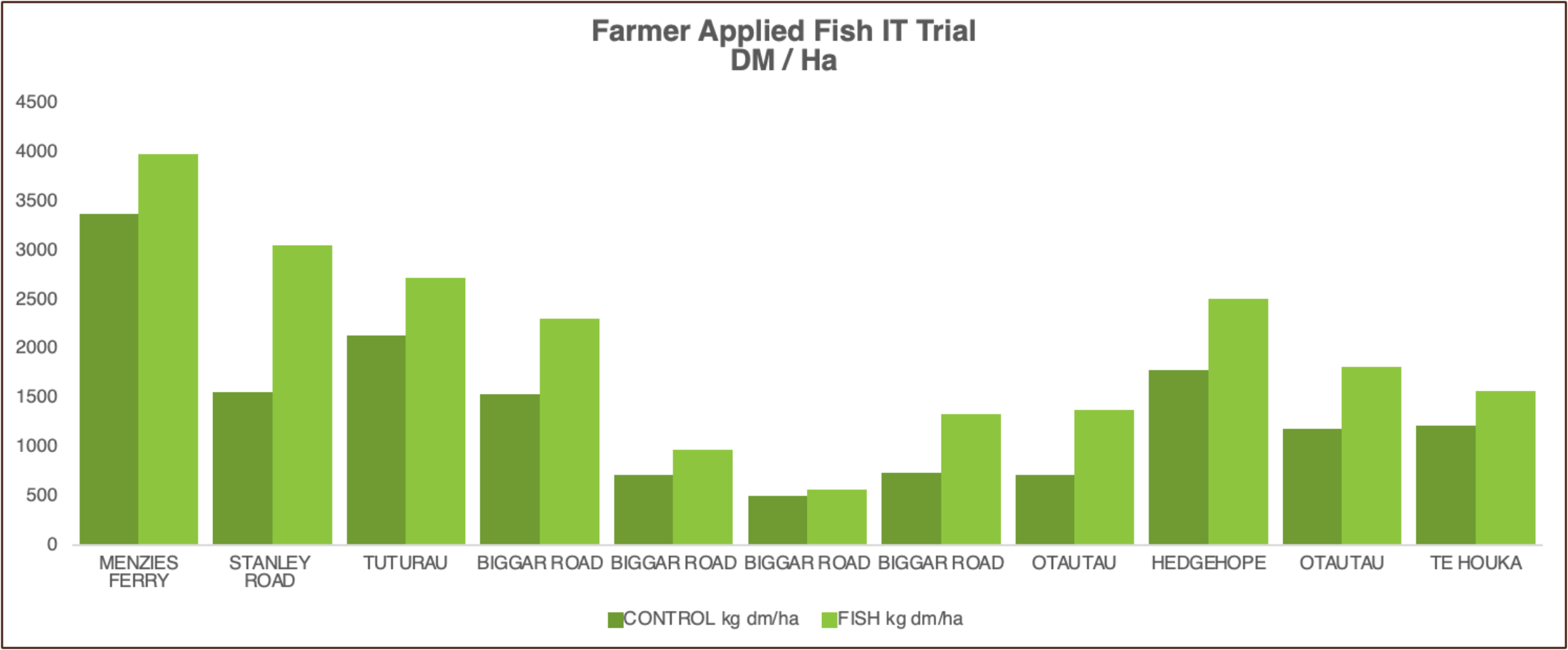
Regardless of the approach, one thing our customers learn very quickly is that this is a journey and not a quick fix. It takes time to transition but with the right guidance in the form of a safe pair of hands: a mentor, a contractor, an agronomist or even sometimes simply being incredibly well read via google; they are able to make those steps forward with confidence and great results.
At Fish IT we have been busy establishing a network of partners on the north and south island to help our customers looking to make the move. We’d encourage you to give us a call on 0800 FISHIT or send us an email if you’d like us to provide you some independent guidance specific to your needs.
